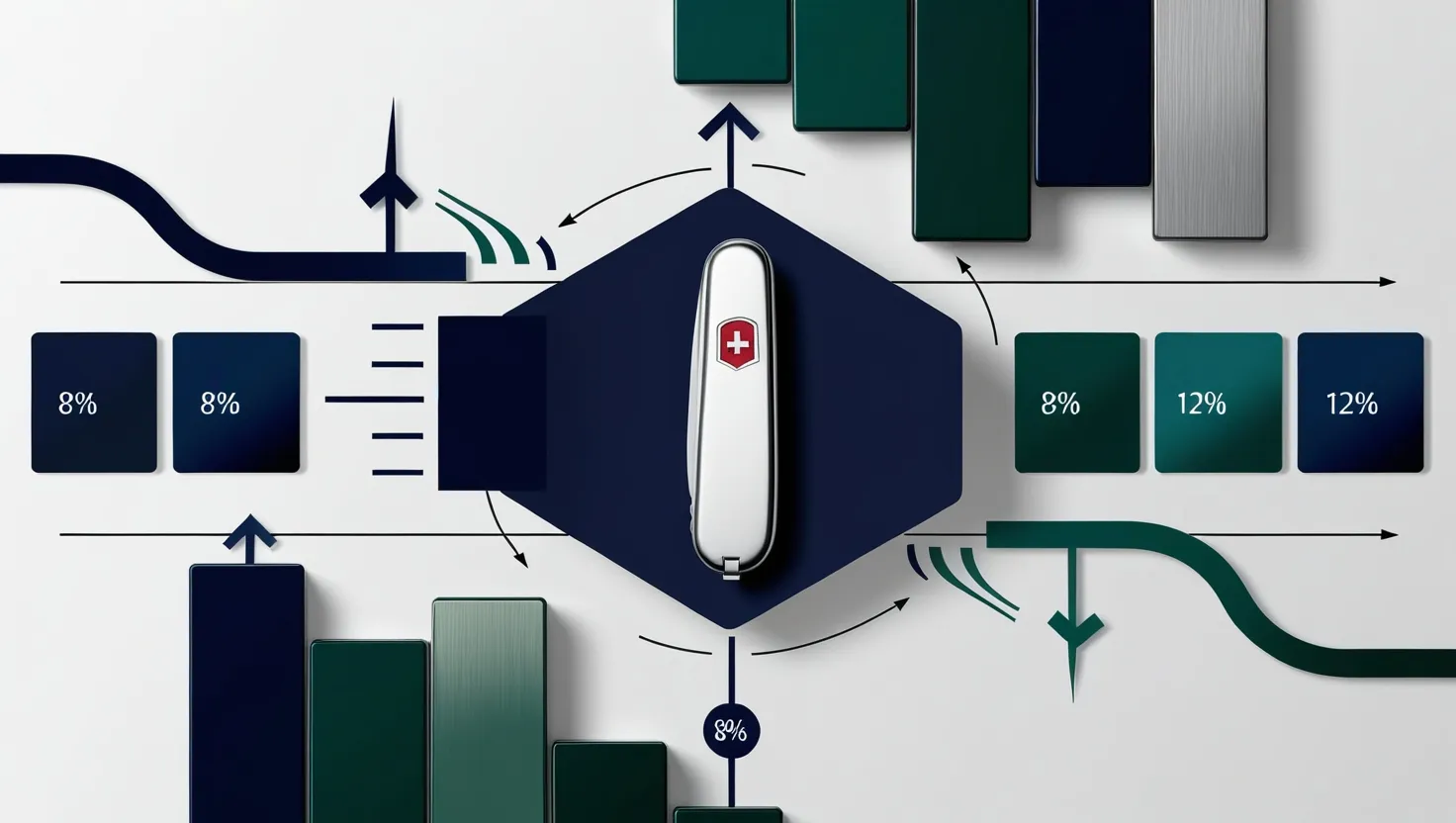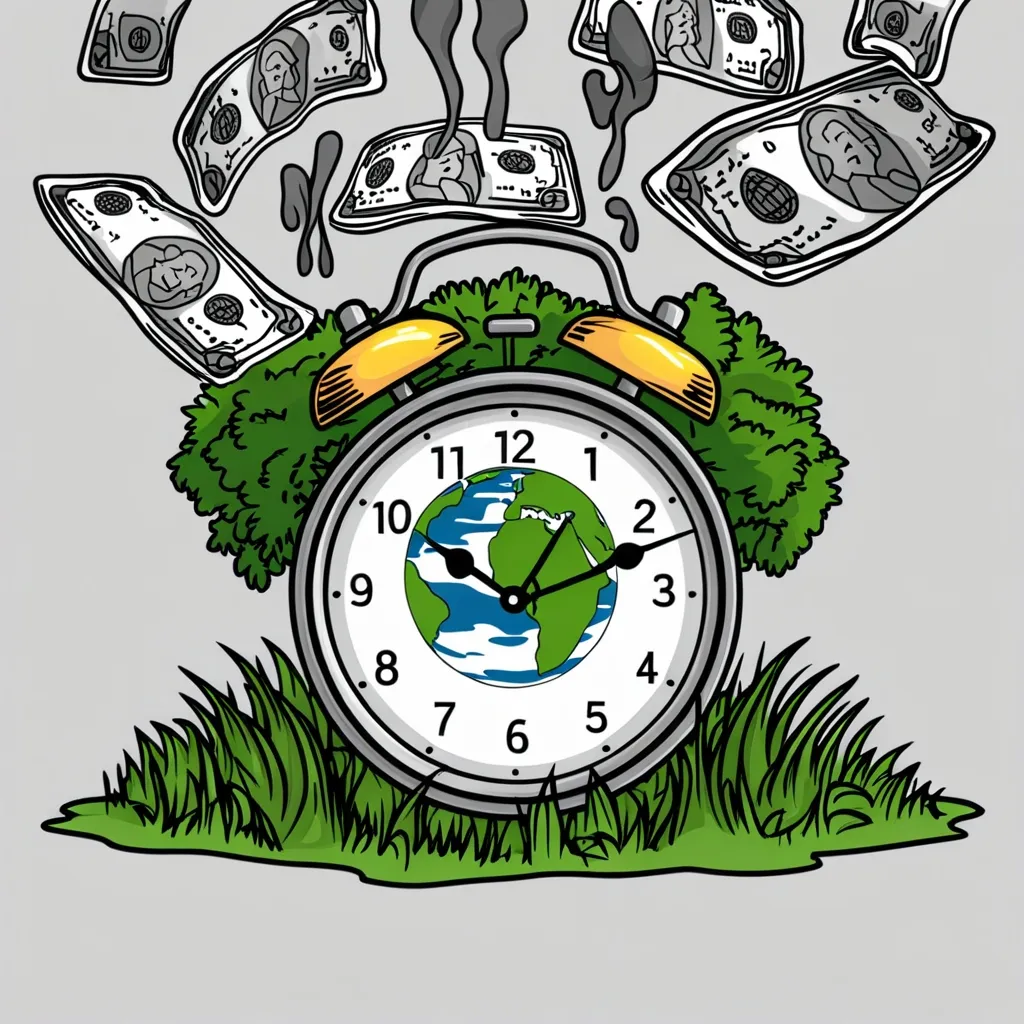Can I ask you a quick question before we jump in? When you hear “credit cards” do you think danger or opportunity? Most people see plastic as a trap—easy to fall in, hard to escape. But what if I told you credit cards are more like Swiss Army knives for your wallet, quietly waiting to be used for tactical moves that could build real wealth and boost your credit score?
I’m not talking about the usual “pay your balance on time and collect some airline miles.” That’s basic. You’re here for the stories you can’t Google in two seconds, right?
Let me take you behind the curtain.
People don’t talk enough about the sweet spot for credit utilization. You’ve heard to keep it below 30%, but did you know the real pros aim for between 8% and 12%? I mean, why is that number such a game-changer? Your credit score isn’t just looking at the sum total of your debt—it’s watching how “responsible” you act. Credit bureaus want you to look like you’ve got liquidity and self-control. Keeping your usage in that narrow range makes it look like you could borrow more if you needed to, but you don’t need to. That’s a powerful story.
Ever get the urge to check your score after a big purchase, just to see what happened? I remember a friend who maxed out for a vacation, paid it a month later, and still saw his score dip like a rollercoaster. What he didn’t realize? The bureaus recorded that high balance before the payment posted. Suddenly, he’s wishing he’d split that last monstrous payment into smaller pieces.
Let’s rethink “paying the bill.” If you’re only paying down your cards once a month, you’re leaving a smudge on your score every single cycle. Most cards report to bureaus at different times, rarely matching up perfectly with your payment due date. I tried shifting to paying every two weeks, basically every time my paycheck showed up, and saw something wild—my “average daily balance” dropped. That made my reported balances lower, my utilization cleaner, my score shinier. Have you ever wondered: what would your finances look like if you treated your cards more like a chessboard instead of a bill collector?
Here’s a real twist—ever played with the idea of balance transfer arbitrage? Sounds shady, but it’s completely legit. Let’s say you’re stuck with a chunk of debt riding at 18% interest. You open a new card with a 0% intro APR and shift the whole balance over (pay attention to transfer fees, but often it’s worth it). Suddenly, the money you were burning on interest—maybe $40 or $50 every month—isn’t vanishing anymore. Instead, you automate it straight to an ETF. Little by little, those boring dollars you never saw before are now quietly buying pieces of the world’s biggest companies. One year in, you could have hundreds parked in your investments just by rerouting money you were losing before. Have you ever thought about how much your old interest payments might have added up to by now?
To really stack the deck, you have to start looking at credit card rewards not as freebies, but as micro-investments. Lenders love to tempt you with “double points here, 3% there.” Most people just let those rewards rot in their account until the next Amazon spree. The pros treat every reward like a dividend. I set up my cards to automatically sweep rewards into my brokerage every month—no temptation, no wasted cash. Cash-back earned isn’t for lattes or gadgets, it’s seed money. When those little nibbles compound, it gets exciting.
Ever optimized your spending by using the right card for the right expense? The difference between 1% and 5% doesn’t sound life-changing on a single purchase. But say you put your $500/month grocery bill on the card that pays 5% for food, $60 a month on gas with the 4% card, recurring bills on the one that always pays 2%… That’s a hidden paycheck arriving every month. It’s like forcing your daily routine to generate money without even thinking about it.
“Don’t find customers for your products. Find products for your customers.” I love that quote from Seth Godin, and it applies to money, too. Why work for your credit cards, when you can make them work for you?
Want something that’ll really make you question what you thought was “safe”? The trickiest move is using credit cards not just to build a portfolio of cash-back and points, but a portfolio of credit itself. Each time you open a card, handle it right, and boost your total limit—while keeping usage tight—the bureaus light up. You become the customer banks WANT to woo. Suddenly you’re eligible for bigger loans, better mortgage rates, even new cards with fatter rewards. Your credit profile expands, but your risk stays low because of that disciplined 8-12% utilization. It’s the credit equivalent of stretching while sitting still.
Here’s something to chew on: what if every time you used your credit card, you saw yourself not as a borrower, but as an investor? Imagine: every swipe, every transfer, every cash-back reward is a move in your personal wealth-building game. “The goal isn’t more money. The goal is living life on your terms.” That’s a Derek Sivers classic. And it fits here—credit isn’t just about buying things. It’s about buying freedom, leverage, options.
So, next time you think about using your card, ask yourself: Is this helping me become the person with more financial choices tomorrow, or is this just another round of “Netflix and minimum payments”?
I’d be lying if I said every move is risk-free. Arbitrage means discipline. Reward games can turn on you if you slip up even once and carry a balance. Automation is great until you forget to check a statement and miss fraud. But honestly, the real risk is sitting out of the game entirely. Because the system wasn’t designed for people who just pay the minimum and hope for the best.
Ready for one last “wait, really?” If you map these strategies across a year and keep your record clean, it’s routine to see an extra $1,000 or more appear—money that would’ve been lost to interest or lazy spending. Even your credit score, the mysterious black box most people never really understand, starts to climb by 50–100 points on autopilot. What could you do next year with an $1,100 surprise and a credit score that opens every door?
So, which of these moves feels the most like you? Would you rather invest the saved interest, maximize the everyday spending reward, or outfox the credit bureaus at their own numbers game? Or maybe, just maybe, you’ll invent your own twist nobody’s tried yet.
Here’s something to screenshot for later, when you’re weighing your next swipe:
“Credit cards are neither good nor bad—they’re just tools. And in the right hands, a tool can build empires.”
What empire do you want to build?






